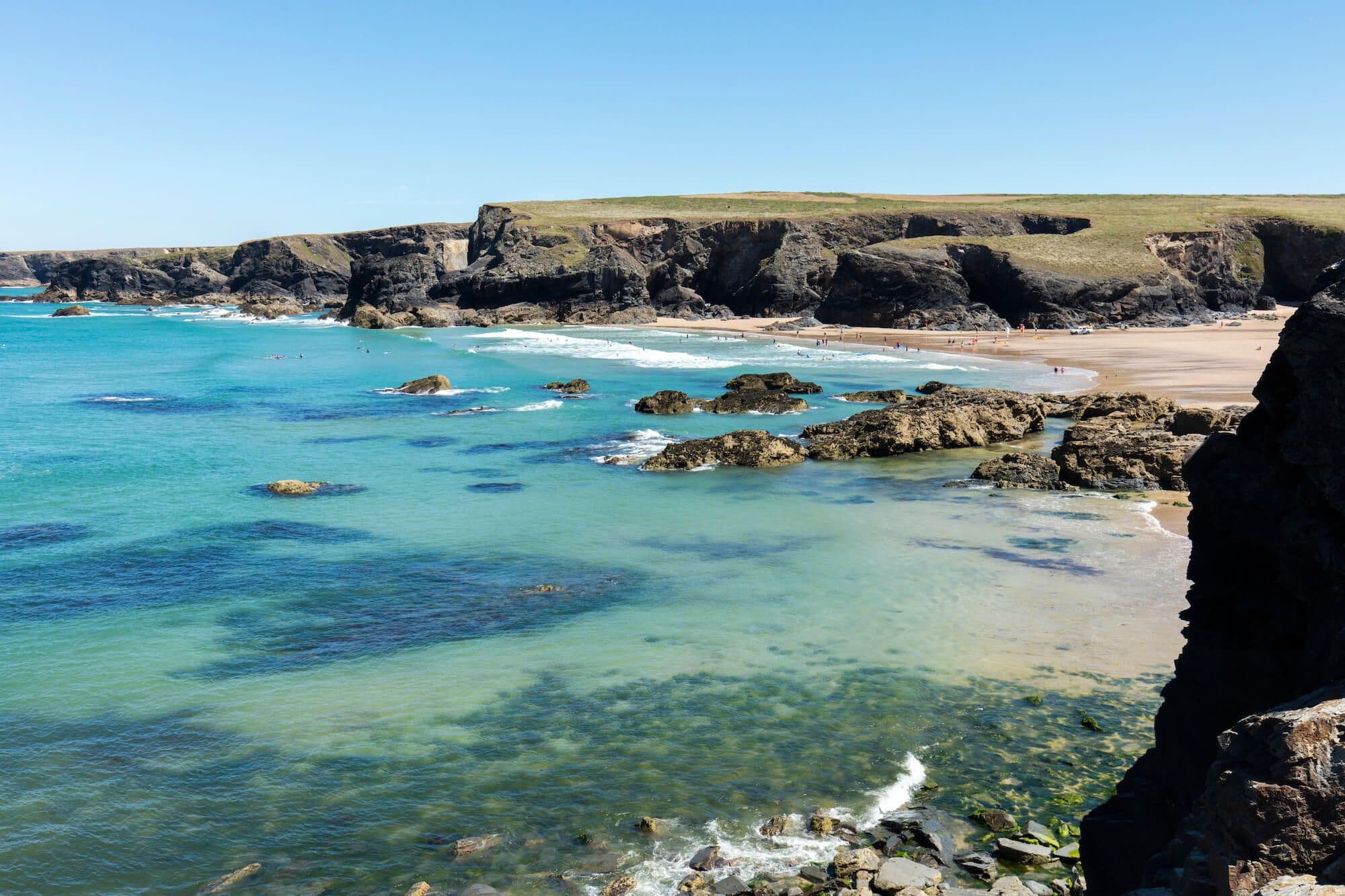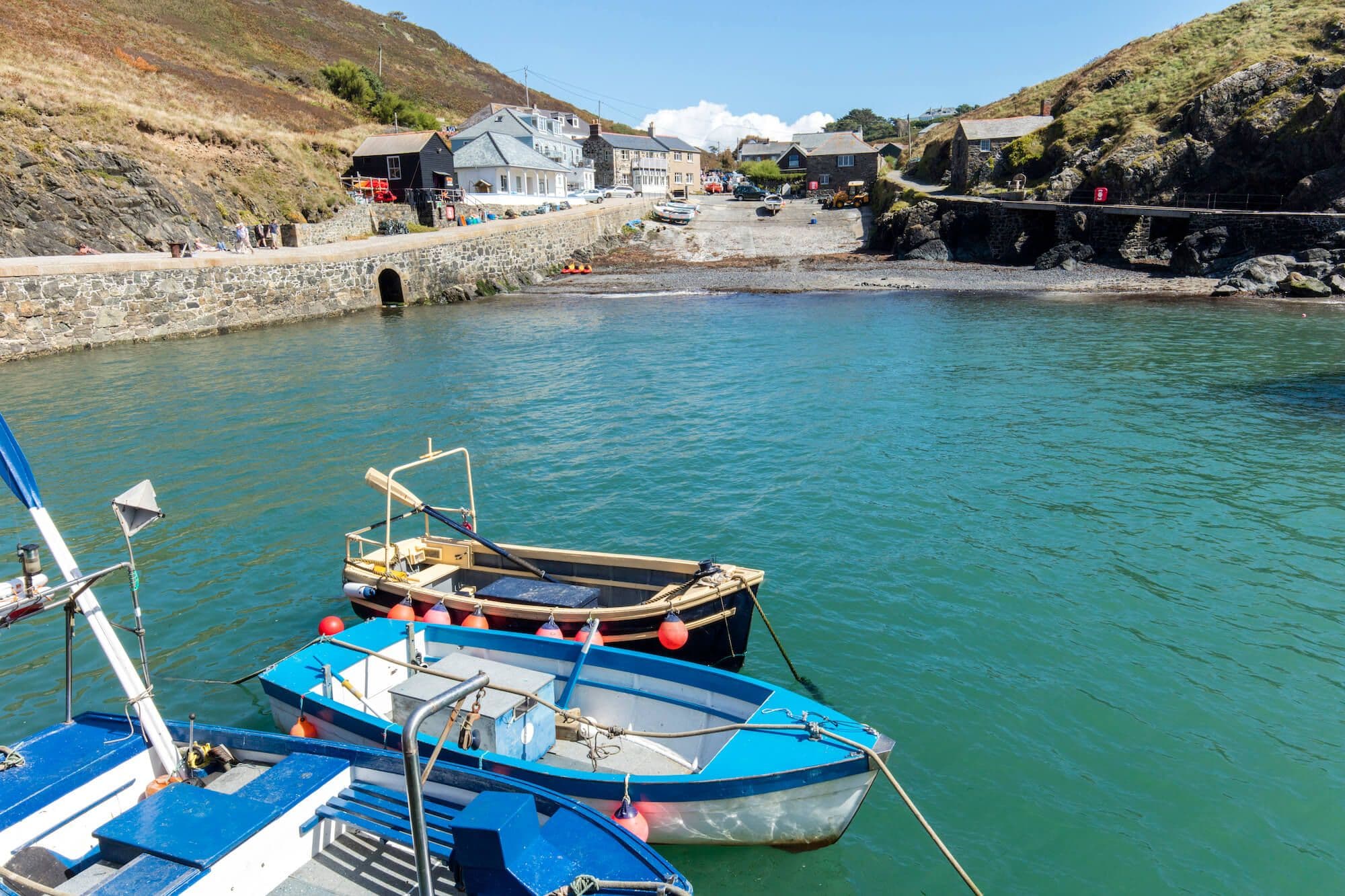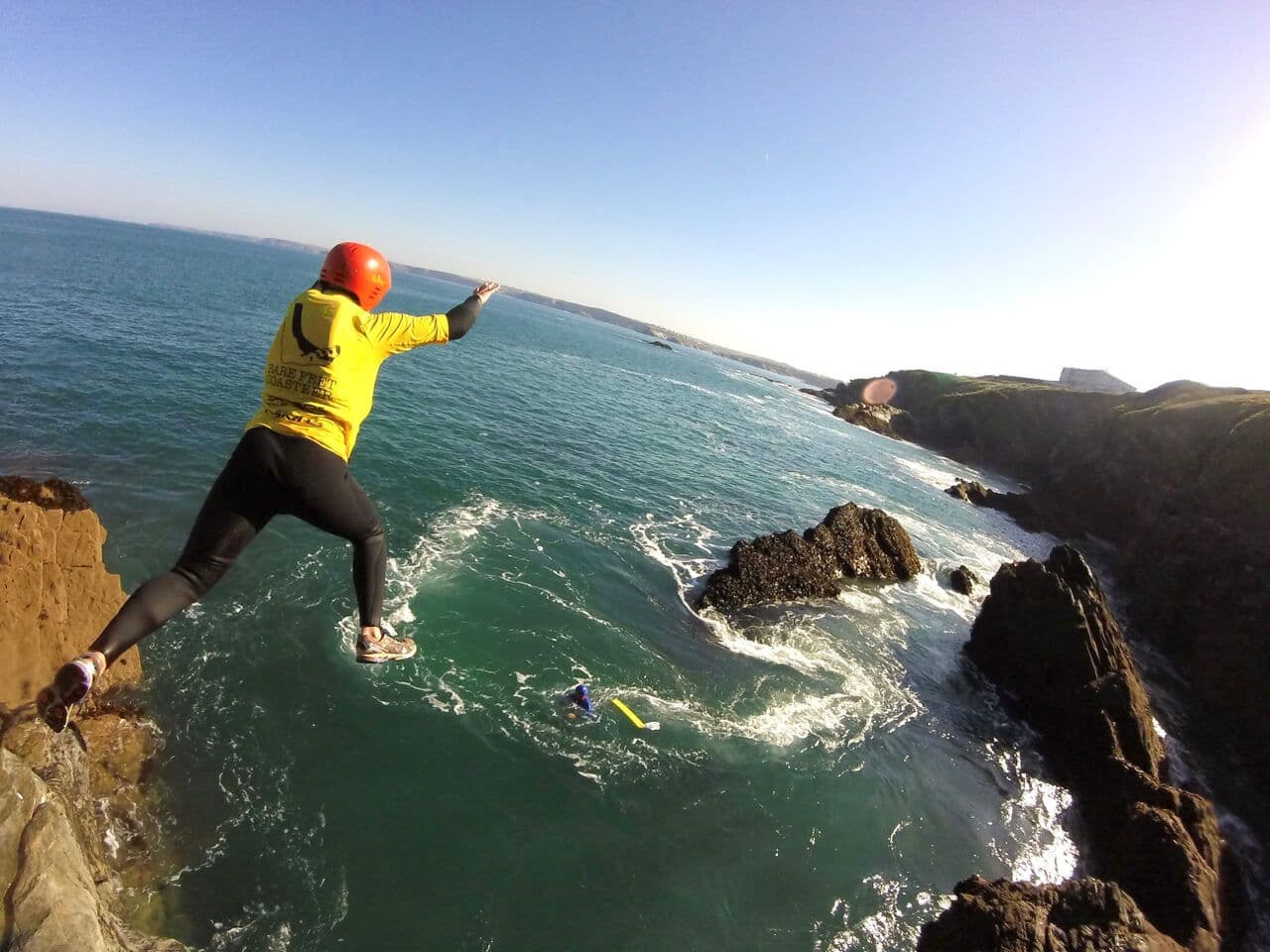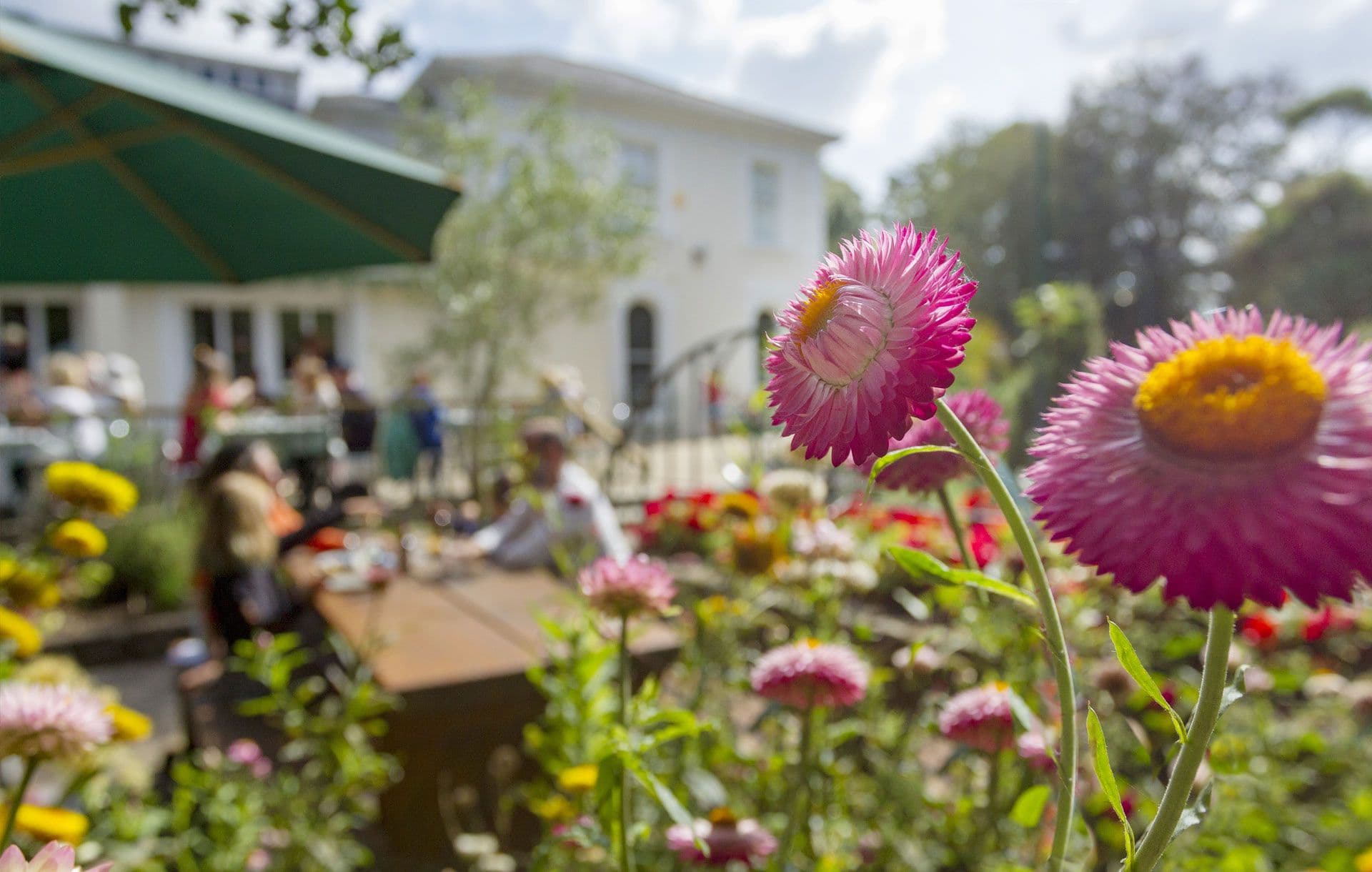Minions
Cornwall's highest village
Surrounded by open moorland, peppered with the remains of Cornwall's industrial and prehistoric past, Minions is one of Cornwall's most dramatic landscapes for inland walking.
The Cheesewring
The rock formation known as the Cheesewring is a geological masterpiece, created over millions of years by erosion. All the stones are separate but have sat there for millions of years, balanced just right and without movement, since the last Ice Age. Though this is the best known, and most spectacular, you will find similar formations dotted across the moor on other rocky hilltops, known as tors.
The tors are made from granite, a hard rock that was formed 280 million years ago and provides the backbone of Cornwall, running all the way down to Land’s End and out to the Isles of Scilly. Over the years it’s been quarried and shipped out as far afield as Calcutta and South America to be used as building stone. Tower Bridge in London was built using granite from the quarry below the Cheesewring.
The Cheesewring sits atop of Stowes Hill, which is also crowned by the remains of a Neolithic enclosure dating back 6000 years. It can be walked to from Minions in under half an hour and from the top there are stunning views of the surrounding countryside as far as the south coast.
Cornwall's World Heritage
In 2006 Cornwall and West Devon was awarded World Heritage status for the role its mining history has played in the extraction of metals around the world.
At one time towards the end of the 1800s the saying was 'If there's a hole in the ground, you will find a Cornishman at the bottom of it' With mines failing in Cornwall, men went off around the world in search of riches and you will find engine houses very similar to the one above in places as far away as Mexico, Soth Africa and New Zealand.
The village of Minions exists because of mining. Prior to 1800 there would have been little there apart from a couple of farmhouses in the sheltered valleys. But in the 1830s copper was discovered under Caradon Hill and the area was soon engulfed by miners from all over Cornwall.
There are still plenty of remains to be seen, including the course of the railway lines that took the ore to the port of Looe and the engine houses used for pumping water out of the mines or lifting the stone out.
Walking around Minions
Much of the countryside around the village of Minions is open access land, meaning you have a right to activities like walking, climbing and running. However, please remember that Bodmin Moor is not a National Park like Dartmoor, the majority of the land is privately owned. You may not ride horses, cycle or take motor vehicles on the open moor without permission of the landowner.
But you are spoilt for choice when it comes to walking. The open moorland is all around you, to the north you can follow the old railway line out to Stowes Hill with its disused quarry and the wonderful Cheesewring rock formation, you may even discover Daniel Gumb's house. There's also the Hurlers, three stone circles dating back to the Bronze Age, plus countless other prehistoric remains.
The great bulk of Caradon Hill which overlooks the village is home to a wealth of industrial remains. Walk down through the Gonamena Valley to the hamlet of Crow's Nest and imagine a landscape of noise, smoke, steam and water, a far cry from what it is today. A little further on you can search out Trethevy Quoit, perhaps one of the oldest man-made structures in Britain. It's a neolithic burial tomb, up to 6000 years old. But how was it built?
Please be aware that the moor can be a wild place and the weather can change quickly on the higher expanses. Always check the forecast, wear suitable clothing and footwear and if possible carry a map.
The Rillaton Cup, a gold beaker, was found just north of the village in the 1830s. Dating back 4000 years, it is one of the most important British treasures and can now be seen in the British Museum.
Plan your trip
Everything you need to know about getting to Minions
The easiest way to get to Minions is to head north from the A38 at Liskeard (or Doublebois if coming from the west) and follow the signs. You can also head from the A30 at Bolventor (Jamaica Inn) and drive south down the Draynes valley.
There are two car parks at Minions, one either side of the village.
Do not drive onto the open moorland and be aware of animals that may stray onto the roads.
The nearest railway station to Minions is Liskeard. There are no busses to the village.
National Express stop at Liskeard.
The No237 bus runs between Liskeard and Launceston, passing through Crow's Nest. From there you can walk up to Minions in less than an hour over rough moorland.
FAQs
View allThe village sits at 300 metres (980 ft) and is the highest village in Cornwall. Caradon Hill that overlooks it, is 371 metres high (1,217 ft) and is home to the TV transmitting mast for the area, itself being 780ft high.
Yes, it is on the southern side about five miles north of the town of Liskeard. The village is surrounded by open moorland, much of it owned by the Duchy of Cornwall
At the present time (2022) the village has a couple of tea rooms, a Post Office/shop and a public toilet. The pub, The Cheesewring, was damaged by fire in 2021 and is at the present time closed.
Yes, but please keep them on leads during nesting season and also when sheep are lambing. This stretches from March 1st until July 31st.
Help our farmers and our wildlife.
Nobody really knows for sure.. there have been many sightings over the years, but nothing has ever been proved. People claim the beast is a large cat, released into the wilds many years ago, but although there have been some grainy images produced, all attempts to capture it have failed.
We would like to assure people that it is safe to walk on the moor!

Your weekly dose of Cornish cheer!
When you can’t be in your favourite place all the time, catch up on the latest stories, upcoming events, holiday ideas, and offers with a newsletter straight to your inbox. Terms and Conditions / GDPR compliance: by providing personally identifiable information Visit Cornwall will use it to provide you with ongoing information about their products and services. No one from Visit Cornwall will rent, sell or lease this personally identifiable information to other companies or individuals.
Stay connected
Find us on socials and stay connected with the Cornwall you love.
We use cookies to personalise content and ads and to analyse our traffic. You consent to our cookies if you continue to use our website. (Privacy Policy)







